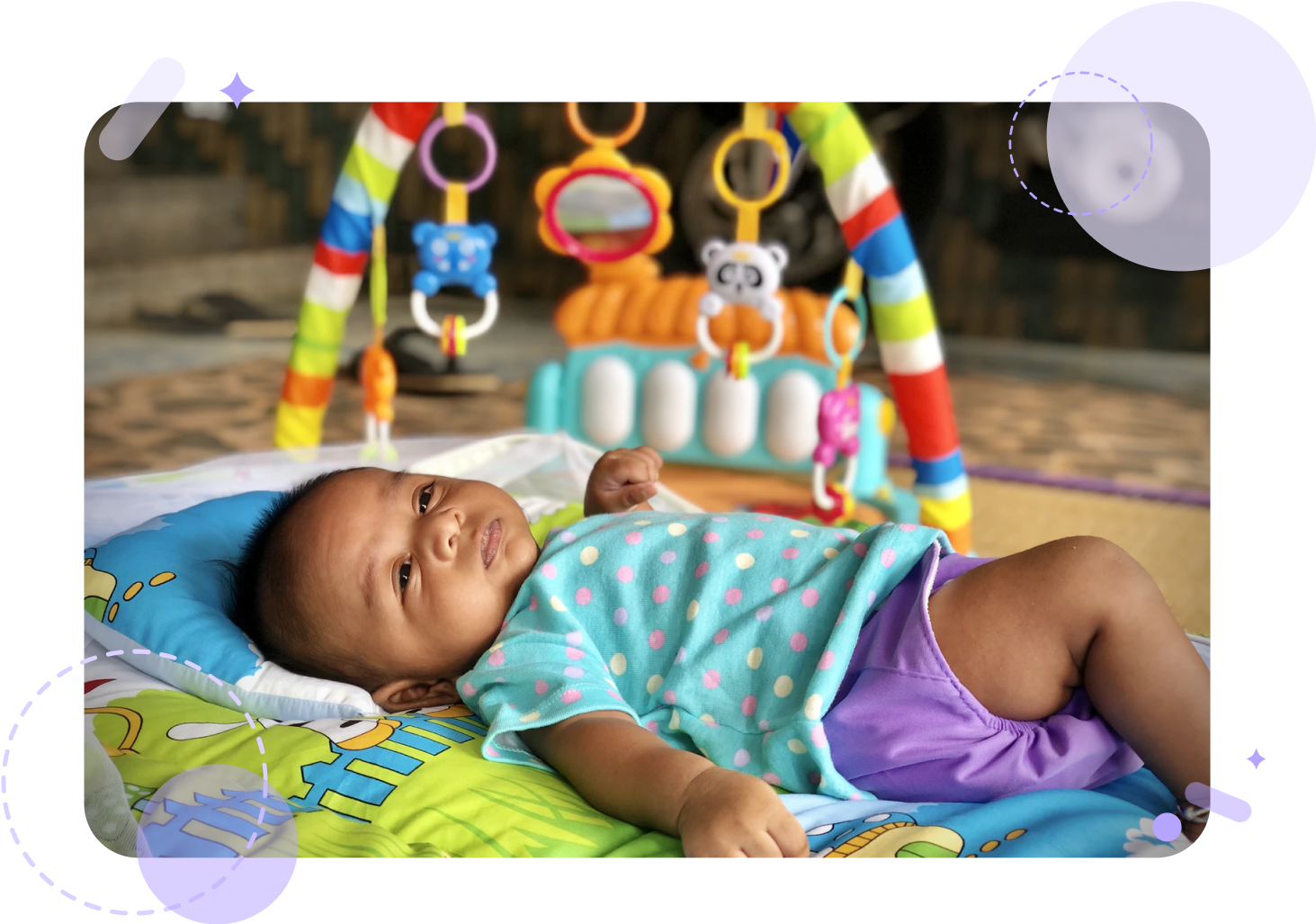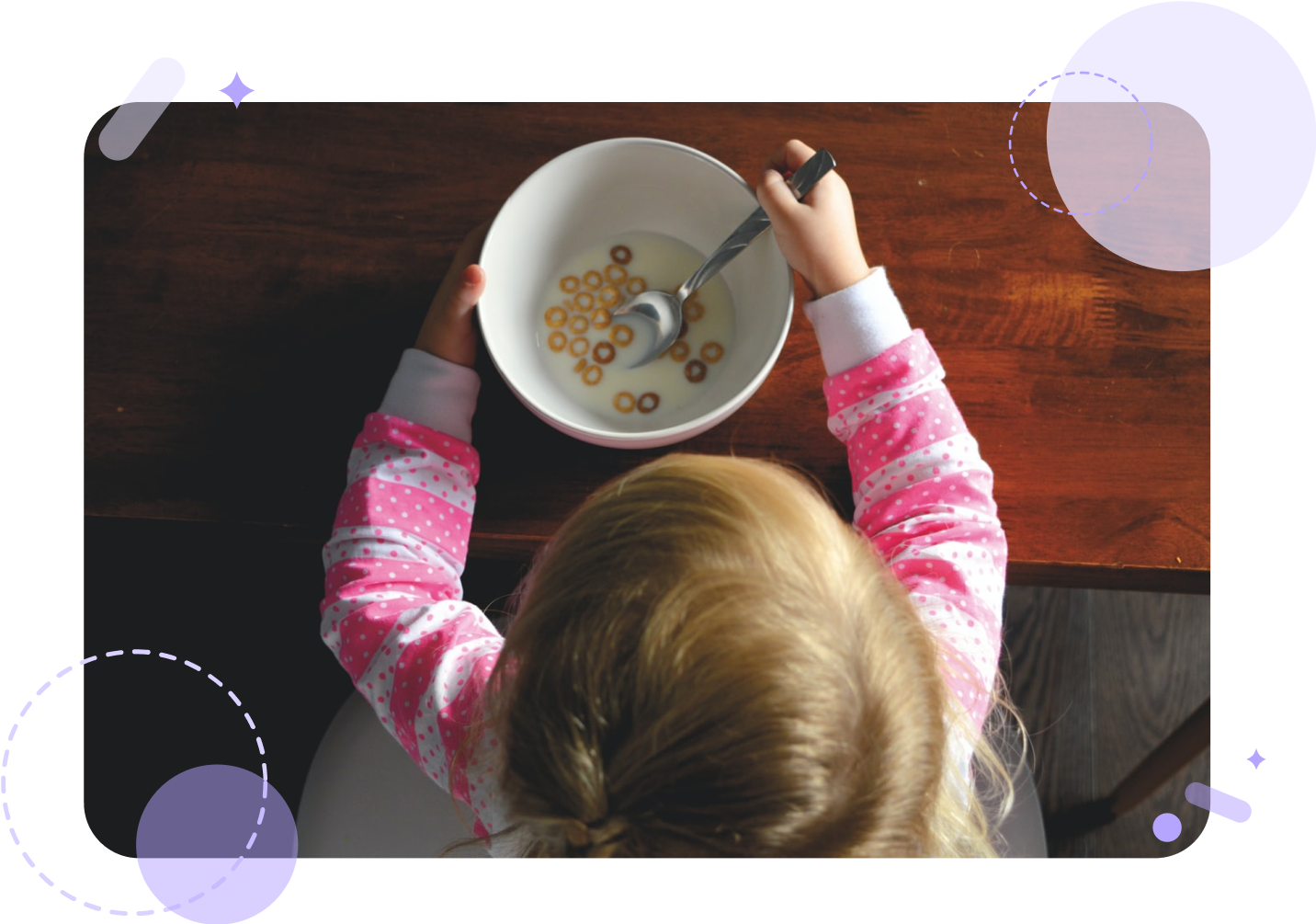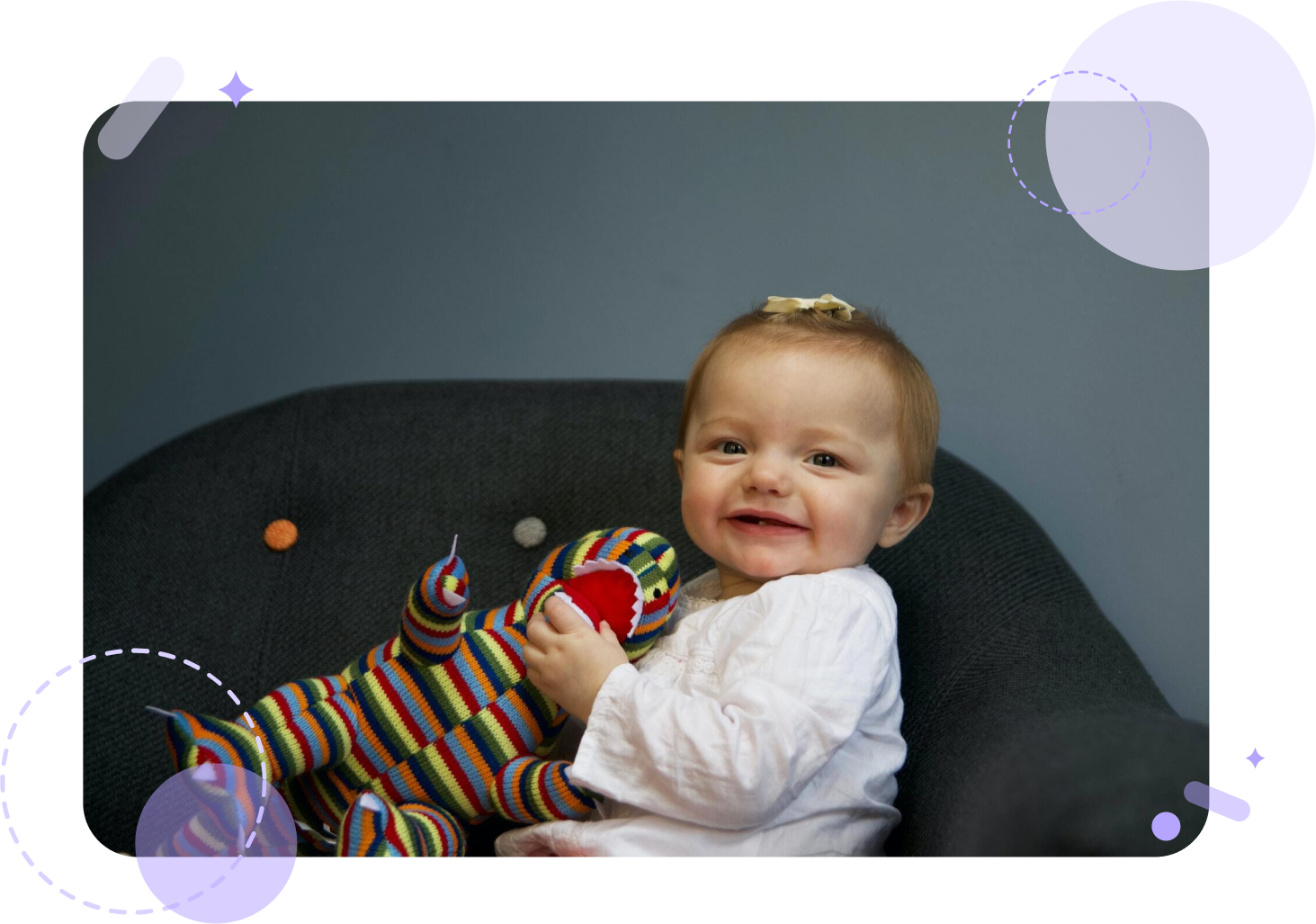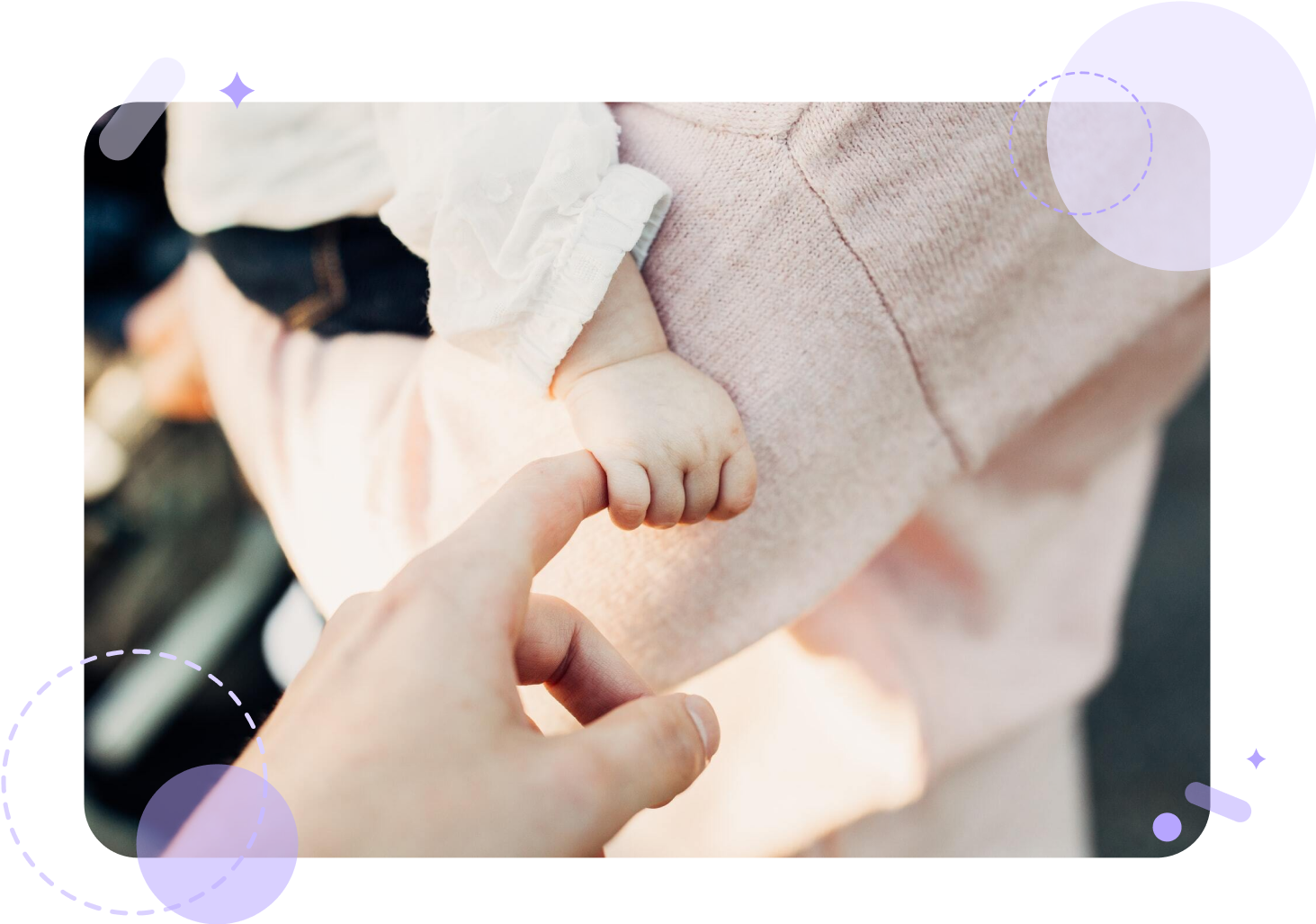
Your baby’s first smile, laugh, and first steps are all significant milestones met with excitement and celebration. While these firsts certainly deserve a round of applause, there are seemingly smaller achievements that warrant your attention. Fine motor skills are some of the unsung heroes of baby development because they accumulate and lead to the bigger showstopping milestones you always read about within parenting blogs and books.
Fine motor skills are often highly underrated, given that so much of your baby’s development in this area occurs within small muscle groups and through slight movements that lack dramatic flair. On the other hand, fine motor skills are also demanding feats of precision and muscle control, making them equally important on your baby’s overall developmental trajectory.
Without their fine motor skills, your baby cannot perform basic activities like writing, self-feeding, or picking up objects. These essential skills rely on the establishment and refinement of hand movements and dexterity, the early stages of which kick off when your baby is between 3 to 6 months old.
Let’s look at some of the amazing things your baby will learn to do as a result of their fine motor skills development!
Hands Merging at the Midline
As your baby gains awareness of their hands, they begin to explore everything their hands can accomplish. During this discovery, your little one will bring their hands together at the center of their body. Experts refer to the center of the body as the midline, an imaginary line that separates the left and right halves of the body for developmental distinction.
Your baby’s ability to meet their hands at the midline promotes communication and coordination between the left and right hemispheres of the brain. Midline hand movements are an essential measure of your baby’s proper brain and fine motor development. When your baby can merge their hands at the midline, it indicates that both the left and right hemispheres of the brain are operating well.
Bringing Hands Together and Apart
Another exciting hand movement milestone during the 3 to the 6-month-old mark is your baby’s attempts to “clap” their hands together and pull them apart. The movement almost looks like the beginning of a clapping motion, without the intention or force.
These movements might seem clumsy and not very well controlled at first, but minimal progress is progress all the same! Practice during this age ushers in the development of additional hand movements like clapping. This simple play helps your baby learn about hand functionality and develop other skills like holding and picking up objects.
Transferring Objects Between Hands
Although your baby may not fully learn to pass objects from hand-to-hand until 5 months old, they will likely make several inaccurate attempts as early as 3 months old. Like many areas of development, dexterity improves incrementally – step by step.
Your baby first learns to transfer objects beyond the midline, but not fully to the other side. In conjunction with the development of sensory and gross motor skills, your baby must learn to maintain balance while coordinating object movement between each hand.
Rake Grasping
Once your baby has gained some practice getting to know what their hands can do, they will start advancing to more precise movements that require finger usage. Fingers play a vital role in your baby’s tactile exploration of how different objects feel and function. During this time, your little one will begin munching, playing, and moving their fingers more often.
As a result, your baby will learn to grab small items in their fingers using a rake-like grasp. Raking ensures your baby’s improving hand and finger skills as they begin to touch items with the palm of their hand and extended fingers. Don’t fuss about the size of the object your baby can grab. Instead, focus on the motion, as it shows their ability to coordinate their fingers and palms to move items closer to themselves.
Equal Hand Use
Although adults tend to show a preference in hand use for certain skills, it’s important for babies to demonstrate equal hand use between 3 and 6 months old. Using both hands equally is a skill directly linked with proper brain development, acting as a quick and easy assessment of proper cognitive and motor function. Your baby’s ability to use both hands equally indicates that their nerves, muscles, and brain are all coordinating adequately.
Don’t be alarmed if your baby does not showcase these skills between or immediately after 3 to 6 months old. Every baby is unique and develops at their own pace when it comes to fine motor skills. If you feel there may be a reason for concern, you can always consult your pediatrician or health expert for further examination and advice.
- JSTOR: Crossing the Midline – Limits of Early Eye-Hand Behavior
- The American Journal of Occupational Therapy: Developmental Age Trends in Crossing the Body Midline in Normal Children
- Pediatrics & Therapeutics: Palmar Grasp Reflex in Human Newborns
- PubMed: The Evolution of Contralateral Control of the Body by the Brain
- Center for Disease Control and Prevention: Developmental Milestones – Infants (0-1 Year of Age)
- National Center for Biotechnology Information: The Development of Motor Behavior
 Back
Back

